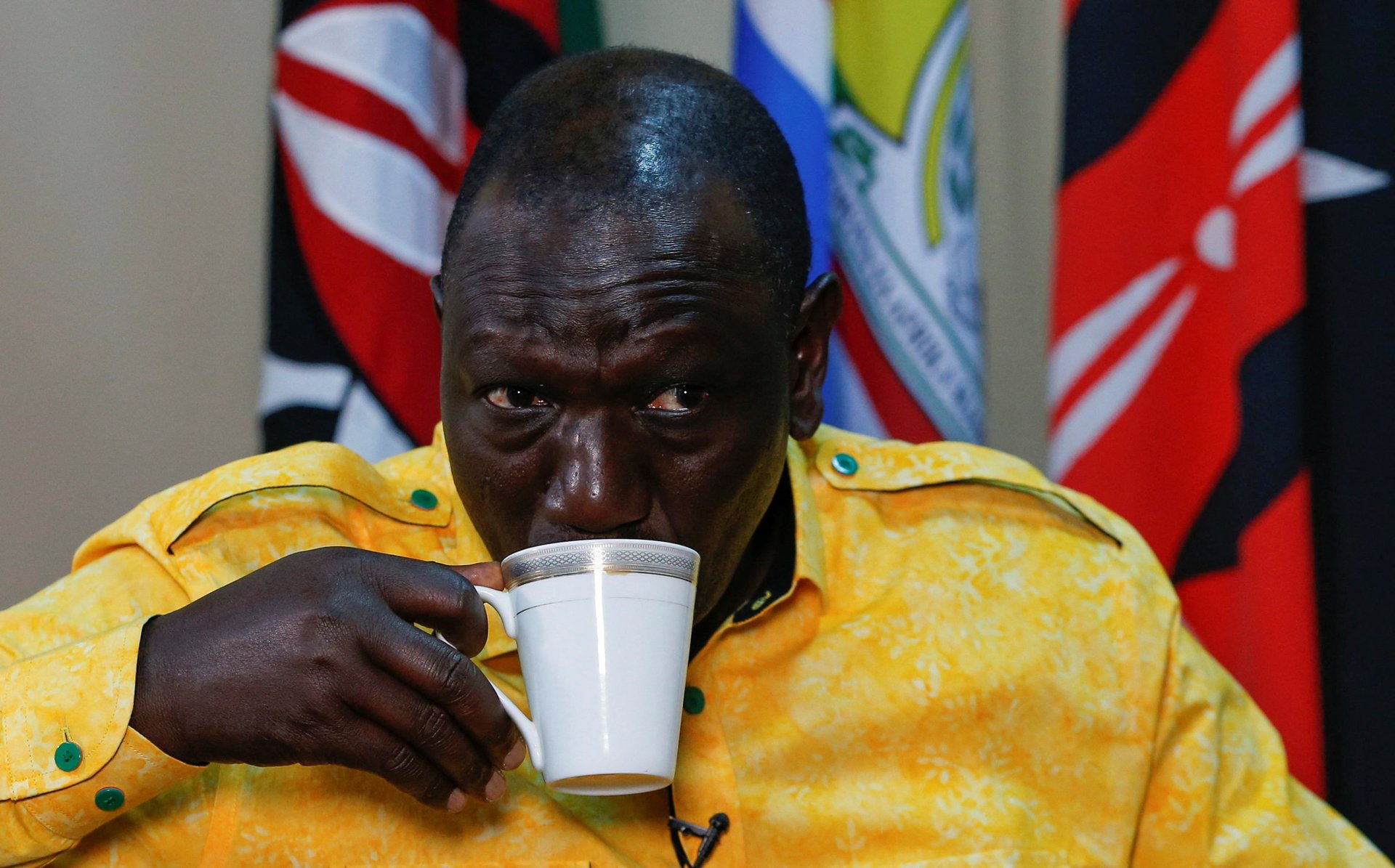Kenya's 'hustler' president is emptying the pockets of the poor
Ruto promised to bring down the cost of living in his political campaigns, but instead he has started implementing policies that will make the poor poorer.

In the four years that president William Ruto traversed the country, campaigning for the country’s top office, he earned himself the moniker ‘hustler’ for leading a narrative of a bottom-up economic model which he went to great lengths to explain, was about putting more cash into the pockets of the poor.
But barely two months after he was sworn in, Ruto seems to be doing the exact opposite of what he pledged, emptying the already shallow pockets of poor Kenyans.
It all started when the president, who prides himself as a product of Kenya’s ‘Hustler Nation’ as a chicken seller in his youth, removed fuel and food subsidies just a day after his inauguration, causing prices of more goods and services to skyrocket.
Ruto’s immediate policies are hurting Kenyans
On Oct.1 the Kenya Revenue Authority (KRA) raised excise duty by 6.3%, inflicting more pain to businesses, which have had to reduce personnel expenditure as the cost of doing business soars. The country’s inflation rate hit 9.6% in October.
To reduce foreign borrowing Ruto is planning to raise public savings and insurance premiums. His government wants every working Kenyan to pay 6% of their salary as part of the National Social Security Fund (NSSF) savings. The current rate is $1.65 per month per worker regardless of salary amount but if you are earning $1,000 a month you’ll have to part with $60 (a 2,900% increase) when the new policy kicks in.
In a government notice dated Oct.21 meant for public participation, Ruto’s government wants those earning over $825 a month to remit 1.7% of their salary to the National Health Insurance Fund (NHIF) instead of the normal flat fee of $14.
“We are already living in a difficult economic period. More money will now be going to the government and leaving us with very little,” Diana Muthoni, who just got hired as a salesperson in the capital Nairobi since graduating in 2018 tells Quartz.
But Kenyans are already fed up with rampant corruption in successive governments, with the NSSF losing $12 million to dishonest managers, and over $82 billion being stolen from NHIF through fake claims over the years.
“Don’t collect garbage”
On Oct. 24, the president discontinued ‘Kazi Mtaani’ (Work in the Hood), a program started by his predecessor Uhuru Kenyatta in 2020 to cushion unemployed youth in all 47 counties against the ravages of the covid-19 pandemic, promising to absorb them in affordable housing projects.
“We will have enough job opportunities for our young people without using them to collect garbage,” he said. Over 280,000 youth had been benefitting from the $30.5 million program, getting paid $4 per day.
In a comparison that angered Kenyans on social media, on Oct. 28, Ruto wondered how M-Pesa, east Africa’s biggest mobile money platform, has 30 million registered users “transacting billions daily” yet only 7 million Kenyans have a KRA personal identification number.
“The fact that this opportunity remains unclear to KRA demonstrates why radical changes are necessary. Every Kenyan with an ID should have a PIN number,” Ruto said, mounting pressure on the tax authority to tax every M-Pesa transaction.
No free money for ‘hustlers’
His $430 million Hustler Fund program, on which his campaign platform was anchored, is launching on Dec. 1 but ‘hustlers’ should not expect to get any government financing for free as he promised.
“Under the Hustler Fund program, we will lower the interest to below 10% per year,” Ruto said. Over 75% of Kenya’s 53 million people are aged under 35, and youth unemployment rate stands at 39%.
In July, Ruto promised to fix the economy and bring down the cost of living within 100 days but he has supported his deputy Rigathi Gachagua’s calls to be given two years to stabilize the economy even as taxpayers lose $16.5 million to corruption every day.